6 incredible things to do in Bordeaux between wine tastings
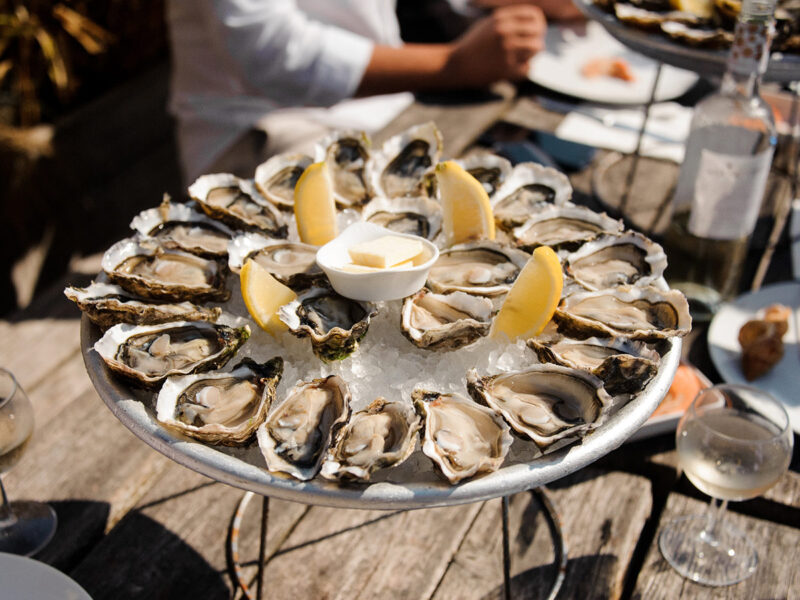
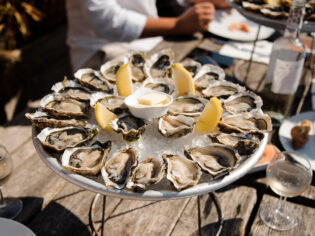
There's a lot more to a Bordeaux river cruise than some of the world’s best wine. (Image: Maxim Fesenko)
| THIS ARTICLE WAS CREATED IN PARTNERSHIP WITH Avalon Waterways |
There’s a lot more to Bordeaux than some of the world’s best wine, and a river cruise is the best way to discover them.
Historic castles, ancient villages, mesmerizing artworks and French feasts are just some of the highlights to enjoy on a Bordeaux river cruise, where wine lovers can experience some of the 53 different appellations in this south-west corner of France.
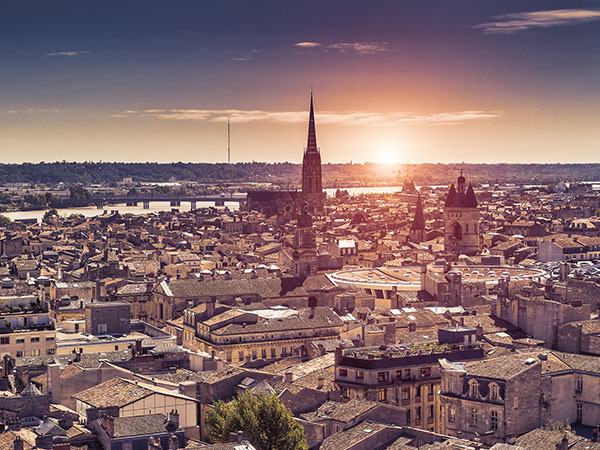
Discover the best of Bordeaux between wine tastings. (Image: PJPhoto69)
Getting there
One of the most luxurious and relaxing ways to travel around Bordeaux? Sitting back and watching the vineyards and vistas glide by on an eight-day river cruise along the Garonne and Dordogne rivers. In 2025, combine it with Avalon Waterways’ other popular cruises for two and three-week sailings along the Seine, Saône, Rhine and Rhône rivers for a fully immersive experience of France.
With two decks of suites featuring floor-to-ceiling windows, the 128-passenger Avalon Artistry II provides uninterrupted views of the French countryside. The Active, Discovery and Classic excursions offer the chance to experience Bordeaux in a variety of ways, including guided bike rides through vineyards and guided tours around art galleries and along cobblestone streets.
Here are some of the experiences you can look forward to when in Bordeaux.
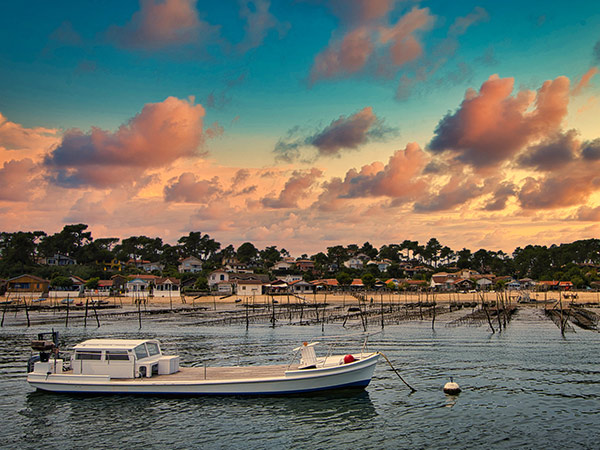
Sit back and enjoy the heavenly views between shore excursions. (Image: Jerome Delaunay)
1. Château de la Brède
With its turrets and wide moat, and built on the ruins of another castle in the 14th century, the medieval fortress of Château de la Brède looks like something out of a fairy tale. It also has a special place in the history of a different kind of book; in 1689, it became the birthplace of writer and philosopher Charles Louis de Secondat, who would go on to become known as Montesquieu and write The Spirit of Law.
See the castle reflected in the moat before crossing over the threshold to follow in Montesquieu’s footsteps. The château’s library still holds thousands of books from the 17th and 18th centuries, and after visiting the rooms and the chapel you can explore the castle gardens.
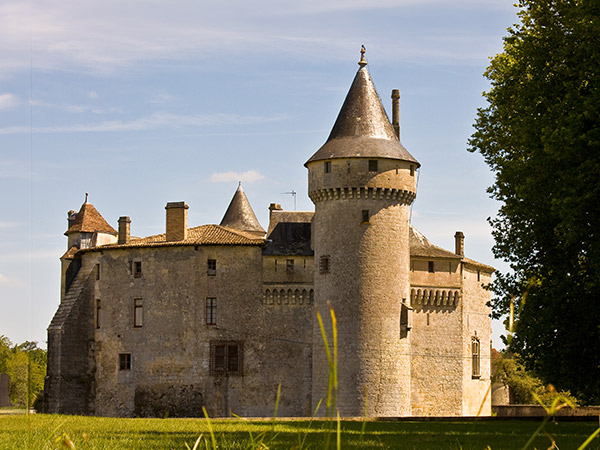
Seethe medieval fortress of Château de la Brède. (Image: Michael Duxbury)
2. Fort Médoc
The Gironde estuary, where the Garonne and Dordogne rivers meet, is the largest in Europe. When King Louis XIV decided it needed to be protected, he turned to his General Commissioner for Fortifications, Vauban, to come up with a plan.
Vauban created the three-pronged defence of Fort Médoc, the fortified Citadel of Blaye and Fort Paté, and the resulting 17th-century Verrou de l’Estuaire (Bolt of the Estuary) has been a UNESCO World Heritage Site since 2008. On a Bordeaux cruise, you can visit the impressive Ford Médoc, including the barracks, bakery and chapel.
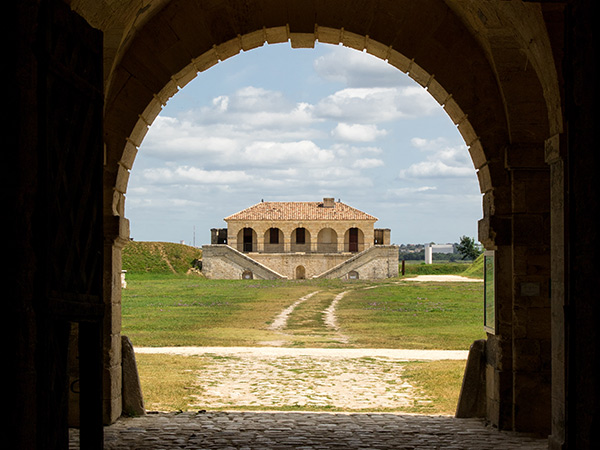
Cruise to Fort Médoc. (Image: Federico Moroni)
3. Citadel of Blaye
On a morning cruise towards the Citadel of Blaye, imagine what it would have been like to sail up to the fortress in the 17th century – then go ashore and step inside. The largest of the three Bolt of the Estuary fortifications covers 38 hectares and has underground passages, a prison that was turned into a bakery, a chapel and even its own vineyard. These days you can also find shops and restaurants in the citadel.
While you’re there, visit a museum where you can see models of the medieval castle that’s now in ruins, and learn more about life behind the ramparts over the years.
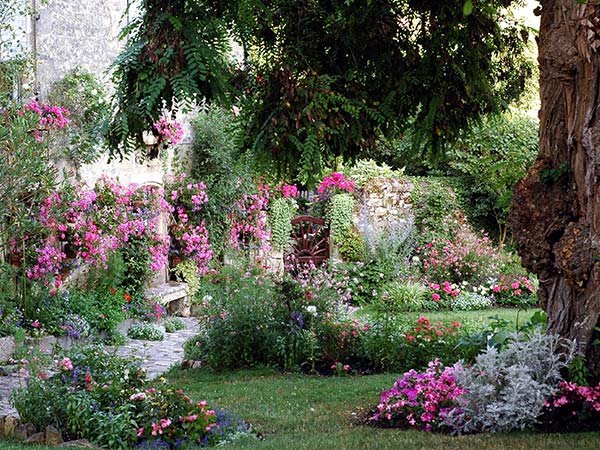
Discover the pretty side of this fort. (Image: Clodio)
4. Saint-Émilion
Best known to wine lovers as a very special appellation, Saint-Émilion is also one of the most fascinating villages in France. Here the history of winemaking dates back to when Romans planted the first vines around the 2nd century, and the village is named after the monk Émilion, who is said to have performed miracles when he lived here in a small cave in the 8th century.
The village is home to the largest monolithic church in Europe, which was carved into a limestone cliff in the 12th century. As you walk the steep cobblestone streets you can find other churches and convents, along with enticing cafes and bakeries, including Macarons de Saint-Émilion, where Nadia Fermigier uses a recipe that has been handed down since 1620.
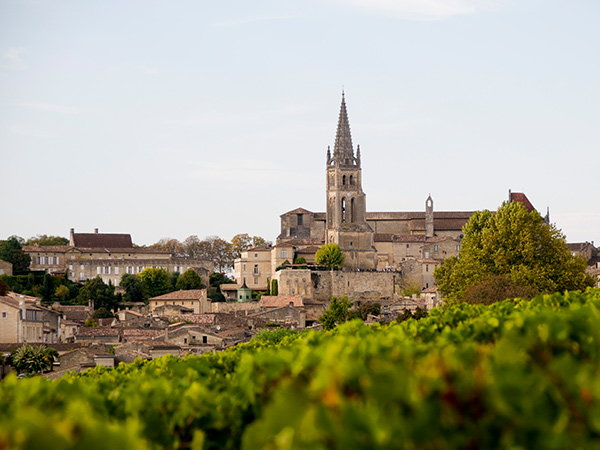
Taste wine at Saint-Émilion. (Image: Patrick Hutter)
5. Bassins des Lumières
The world’s largest digital arts centre, Bassins des Lumières has transformed a wartime German-built submarine base into an immersive art experience like no other. Visitors are treated to a light and sound spectacular, with artworks projected onto 12,000m2 of concrete walls and reflected in four 110-metre-long pools of water, all accompanied by a surround sound musical backdrop.
Since opening a Klimt exhibition in 2020 (which attracted around 500,000 visitors), the sensory collections have included works by Dali and Gaudi, with a soundtrack by Pink Floyd. Under the main gallery in Le Cube you can find projections of contemporary art, while the history of the submarine base is remembered in the Museum Space.
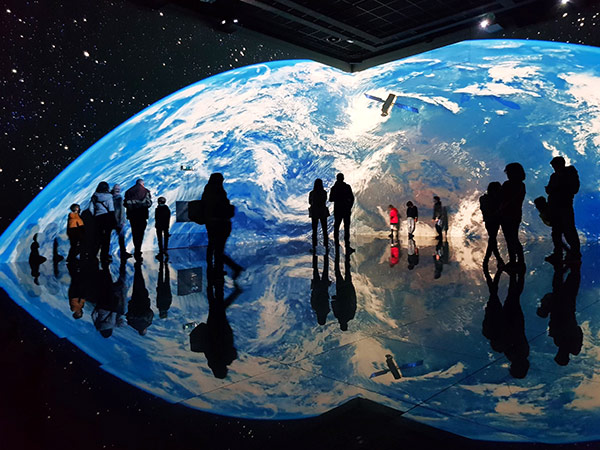
Marvel at the world’s largest digital arts centre. (Image: Rémy Martineau)
6. Bassin d’Arcachon
With its interesting mix of small villages and towns, Bassin d’Arcachon (Arcachon Bay) is one of the most popular seaside destinations in France. Stroll the streets of the eclectic Winter Town, where Belle Époque mansions are joined by Swiss chalets, Moorish pavilions, neo-classical and neo-gothic houses.
After exploring the area, eat freshly shucked oysters straight from the Atlantic Ocean in a village dotted with colourful oyster farm cabins – served with another drop of Bordeaux wine.
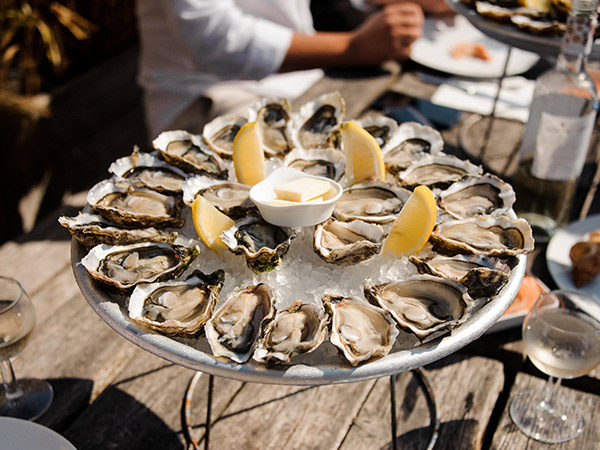
Taste fresh oysters in quaint Bassin d’Arcachon. (Image: Maxim Fesenko)

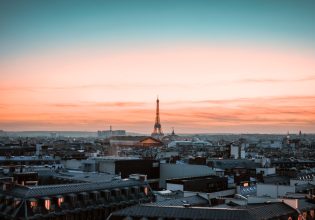

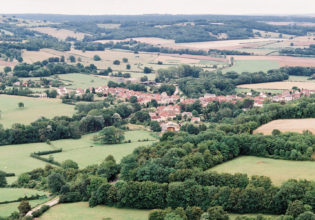
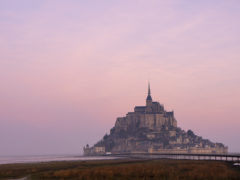
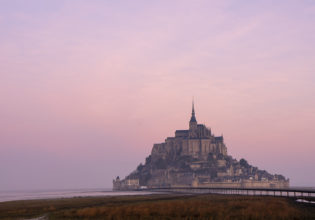
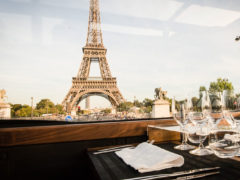
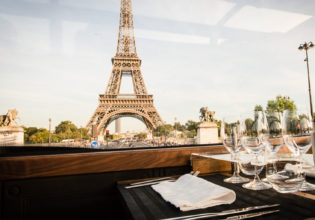
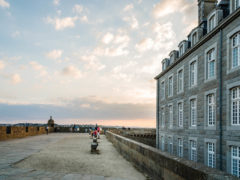
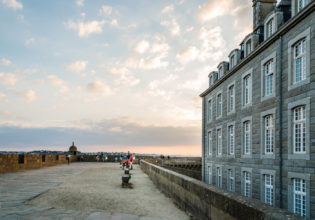

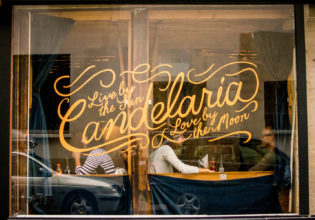

Looks nice